With the arrival of summer, desires and necessities came together in the attraction of the charming countryside, fields and hills. The wealthy Venetians embarked on wherries or in sumptuous carriages flocked to the villas dotted around the province. The surroundings of these villas with their yew and box bushes, myrtle hedges and long esplanades of hornbeam fading into green flower-filled shrubbery were very different from the narrow canals and alleyways where the light filtered with difficulty. This was the perfect place to go riding, take a trip in the carriage or go for walks, but also for hunting, gambling, entertainment and theatrical performances. The "fashion" for owning a villa was not as is often thought typical of the 18th century. For at least the two previous centuries, what was criticised as a period of "easy customs" induced many merchants to spend enormous sums of money to build their own villa. As Girolamo Priuli writing in the 16th century explained: "the Veneto nobles and wealthy citizens wanted to rejoice and give themselves up to the pleasures and delights of the mainland. Abandoning navigation, they bought land on the mainland, paying double its actual value, built mansions and squandered huge sums of money… beautiful carriages and excellent horses... to the point where all their income was spent on eating and amusements".
The multifaceted role of the villas in the local economy and society
Considerably enriched by Palladium's "experimentation", a limited number of architectural types can be recognised in the diversified and varied composition of the elements making up the Veneto villa, such as the corpo dominicale (main block), barchessa (porticoed farm building), oratory, garden, orchard and outhouses.
Although the villas are largely uniform throughout the whole of the Veneto, the differences noticeable in some areas reflect consolidation of the economic and functional system of the time, with the geographic position more heavily influenced by the agricultural rather than the residential function.
Just like the proximity of an important road, by facilitating communication, the closeness of a river makes the villa part of the land management system, facilitating the transport of agricultural products towards the markets of Venice. The physical, geographical, economic and social relationships between the villas and the local area correspond to the local political, economic and government policies which were already clear in the 15th century, became stronger in the second decade of the 16th century and evolved during the 17th and 18th centuries. The villas played a role as generating cells in that multicentre local fabric (capital city - market, village, hamlet, castle-abbey-villa) whose main lines were already established in the Middle Ages and are still today a specific characteristic of the Veneto area.
The splendours of the Serenissima, an enormous open air museum
The Venetian villas you pass along the river, some concealed by the vegetation, some more evident, with their neoclassical columns and capitals, light airy porticoes and decorative stucco work. The most famous include the Villa Barbaro Valier (now Battaggia) from the 16th century, another Villa Barbaro from the 17th century, Villa Fanio Cervellini from the 18th century near Cendon, the 15th century Villa Barbaro Gabbianelli at Lughignano commissioned by Caterina Cornaro as a wedding gift for one of her maids of honour Fiammetta, Villa Dalla Riva (now Canzian) from the 17th century, Villa Mantovani Orsetti and the 16th century Villa Celestia.
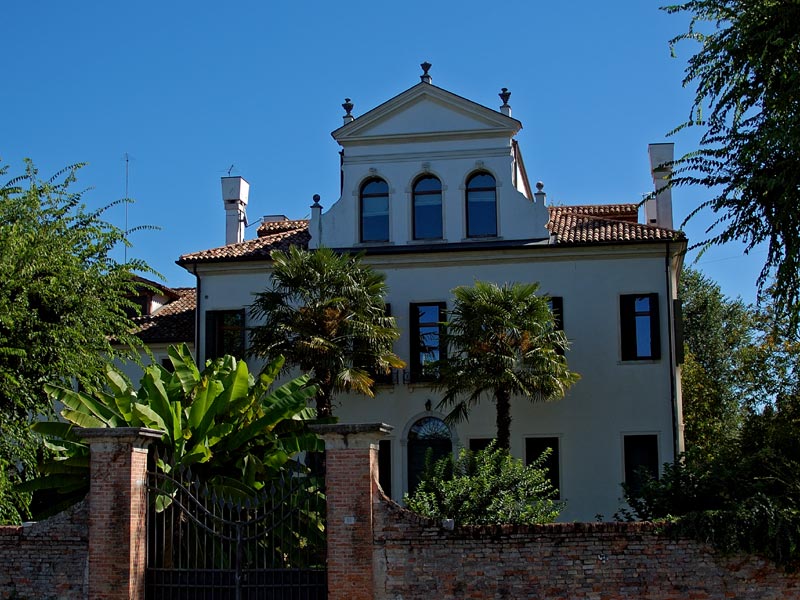
Villa Fanio Cervellini
(photo by: Gianfranco Speranza)
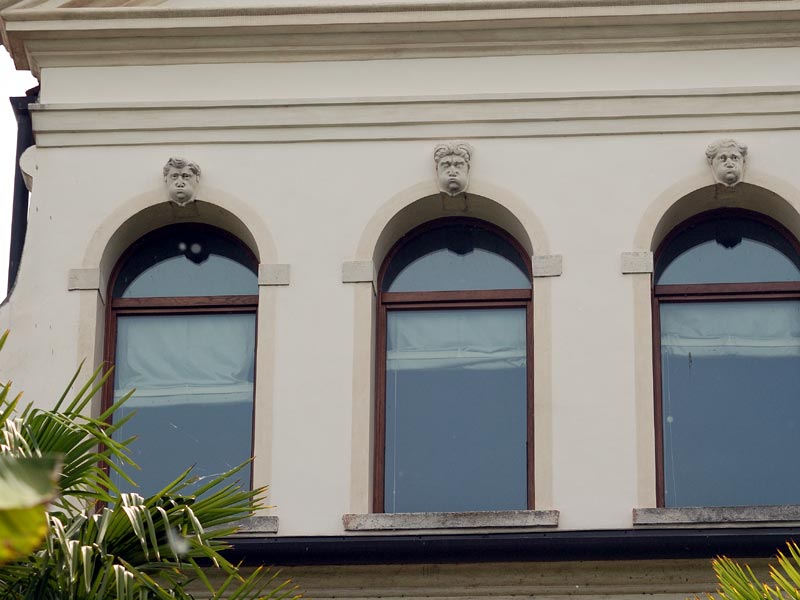
Cendon di Silea - Villa Fanio Cervellini (17th cent.) - detail
(photo by: Gianfranco Speranza)
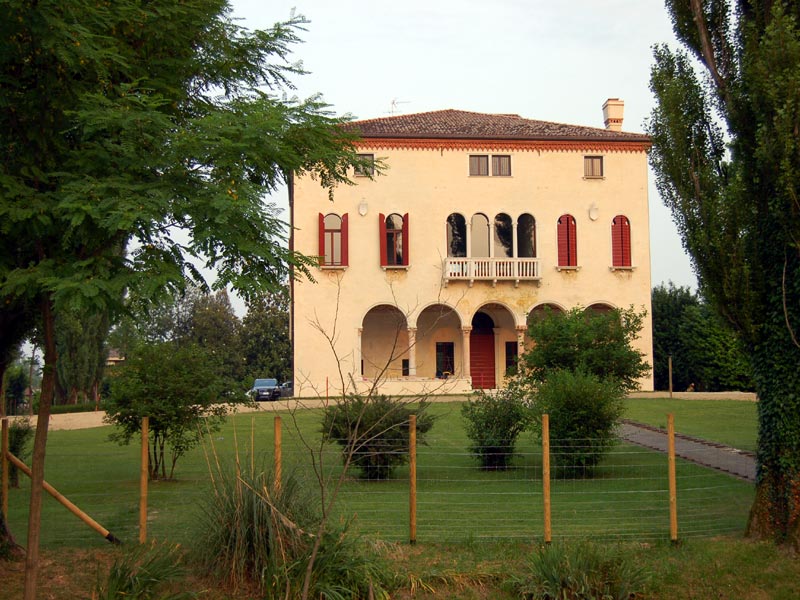
Villa Barbaro
(photo by: Gianfranco Speranza)
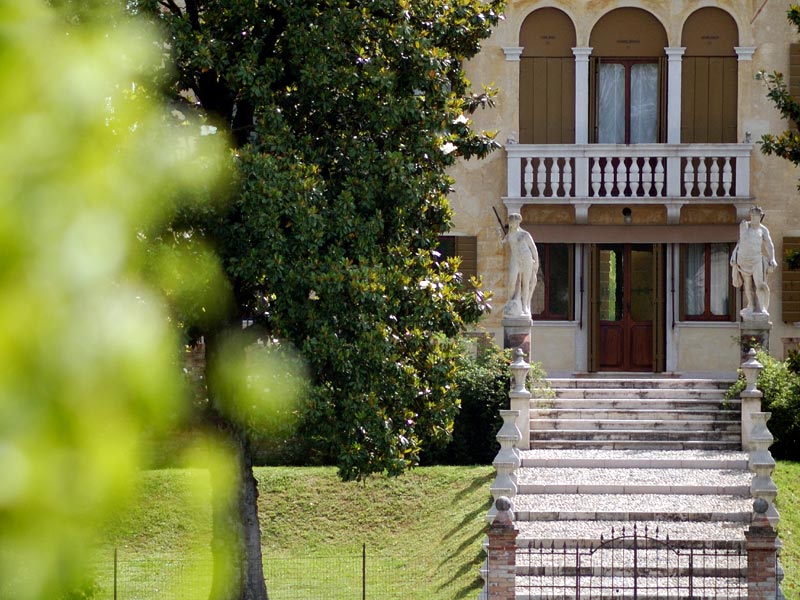
Silea, Villa Valier Battaggia
(photo by: Gianfranco Speranza)
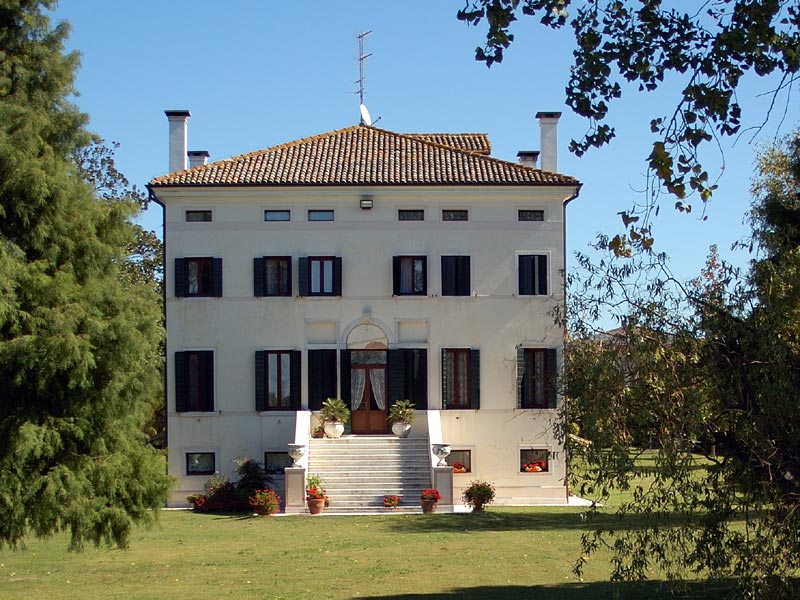
Villa Bembo Gradenigo in Sant'Elena di Silea (XVI sec)
(photo by: Gianfranco Speranza)










